Jinwoong Kim
GroupSHAP-Guided Integration of Financial News Keywords and Technical Indicators for Stock Price Prediction
Oct 27, 2025Abstract:Recent advances in finance-specific language models such as FinBERT have enabled the quantification of public sentiment into index-based measures, yet compressing diverse linguistic signals into single metrics overlooks contextual nuances and limits interpretability. To address this limitation, explainable AI techniques, particularly SHAP (SHapley Additive Explanations), have been employed to identify influential features. However, SHAP's computational cost grows exponentially with input features, making it impractical for large-scale text-based financial data. This study introduces a GRU-based forecasting framework enhanced with GroupSHAP, which quantifies contributions of semantically related keyword groups rather than individual tokens, substantially reducing computational burden while preserving interpretability. We employed FinBERT to embed news articles from 2015 to 2024, clustered them into coherent semantic groups, and applied GroupSHAP to measure each group's contribution to stock price movements. The resulting group-level SHAP variables across multiple topics were used as input features for the prediction model. Empirical results from one-day-ahead forecasting of the S&P 500 index throughout 2024 demonstrate that our approach achieves a 32.2% reduction in MAE and a 40.5% reduction in RMSE compared with benchmark models without the GroupSHAP mechanism. This research presents the first application of GroupSHAP in news-driven financial forecasting, showing that grouped sentiment representations simultaneously enhance interpretability and predictive performance.
* 6 pages
DaG LLM ver 1.0: Pioneering Instruction-Tuned Language Modeling for Korean NLP
Nov 23, 2023Abstract:This paper presents the DaG LLM (David and Goliath Large Language Model), a language model specialized for Korean and fine-tuned through Instruction Tuning across 41 tasks within 13 distinct categories.
CHOPT : Automated Hyperparameter Optimization Framework for Cloud-Based Machine Learning Platforms
Oct 16, 2018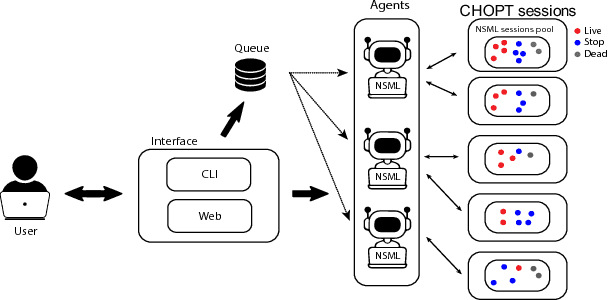

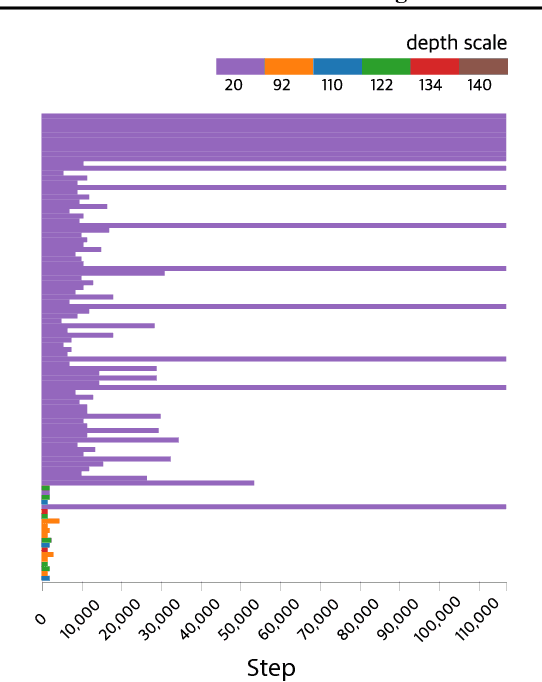
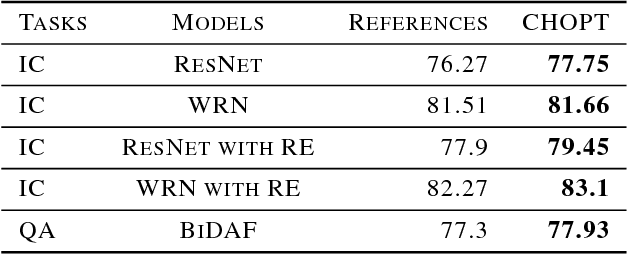
Abstract:Many hyperparameter optimization (HyperOpt) methods assume restricted computing resources and mainly focus on enhancing performance. Here we propose a novel cloud-based HyperOpt (CHOPT) framework which can efficiently utilize shared computing resources while supporting various HyperOpt algorithms. We incorporate convenient web-based user interfaces, visualization, and analysis tools, enabling users to easily control optimization procedures and build up valuable insights with an iterative analysis procedure. Furthermore, our framework can be incorporated with any cloud platform, thus complementarily increasing the efficiency of conventional deep learning frameworks. We demonstrate applications of CHOPT with tasks such as image recognition and question-answering, showing that our framework can find hyperparameter configurations competitive with previous work. We also show CHOPT is capable of providing interesting observations through its analysing tools
NSML: Meet the MLaaS platform with a real-world case study
Oct 08, 2018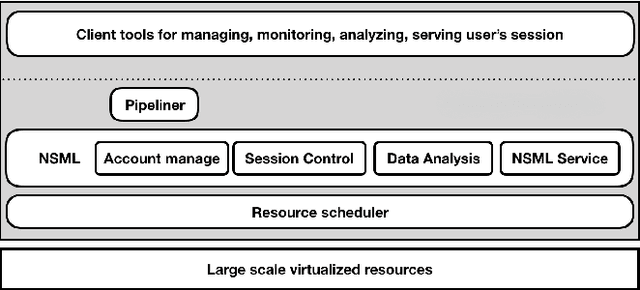
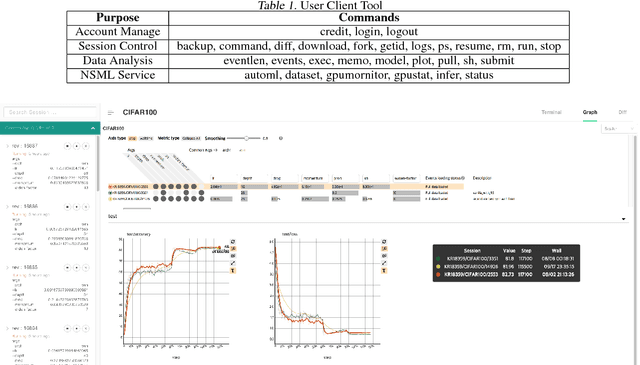
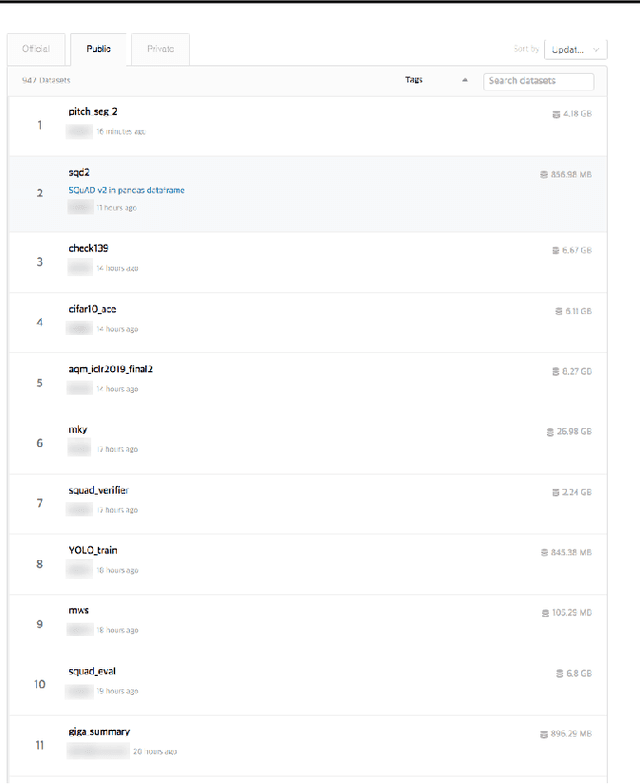
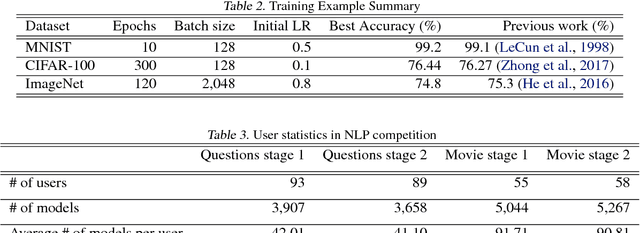
Abstract:The boom of deep learning induced many industries and academies to introduce machine learning based approaches into their concern, competitively. However, existing machine learning frameworks are limited to sufficiently fulfill the collaboration and management for both data and models. We proposed NSML, a machine learning as a service (MLaaS) platform, to meet these demands. NSML helps machine learning work be easily launched on a NSML cluster and provides a collaborative environment which can afford development at enterprise scale. Finally, NSML users can deploy their own commercial services with NSML cluster. In addition, NSML furnishes convenient visualization tools which assist the users in analyzing their work. To verify the usefulness and accessibility of NSML, we performed some experiments with common examples. Furthermore, we examined the collaborative advantages of NSML through three competitions with real-world use cases.
 Add to Chrome
Add to Chrome Add to Firefox
Add to Firefox Add to Edge
Add to Edge